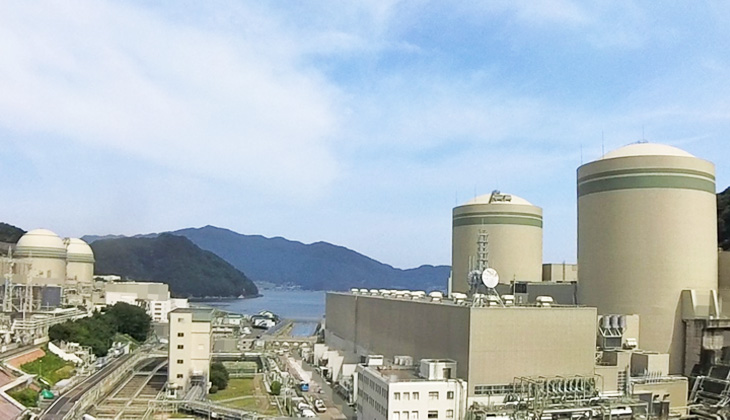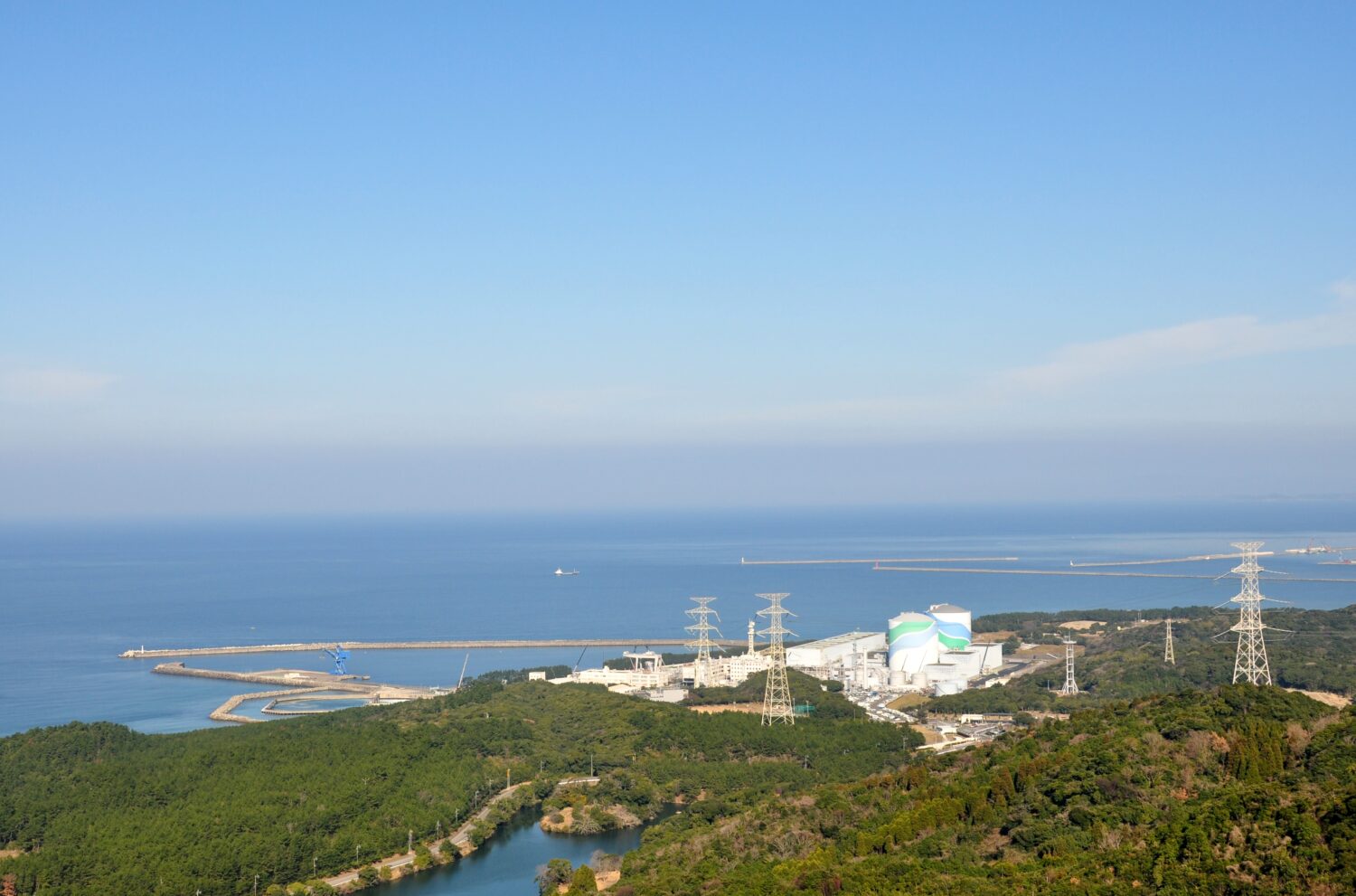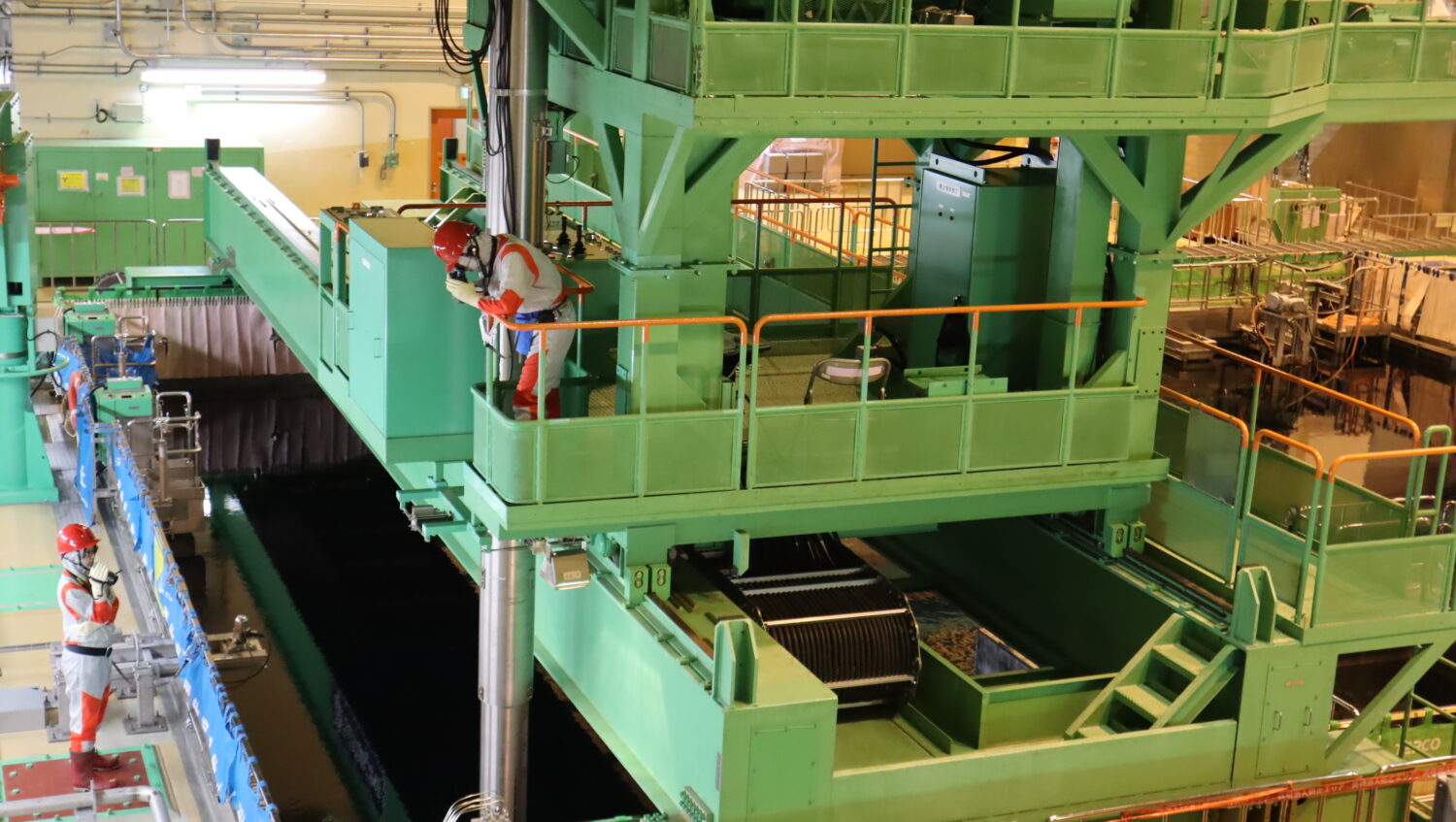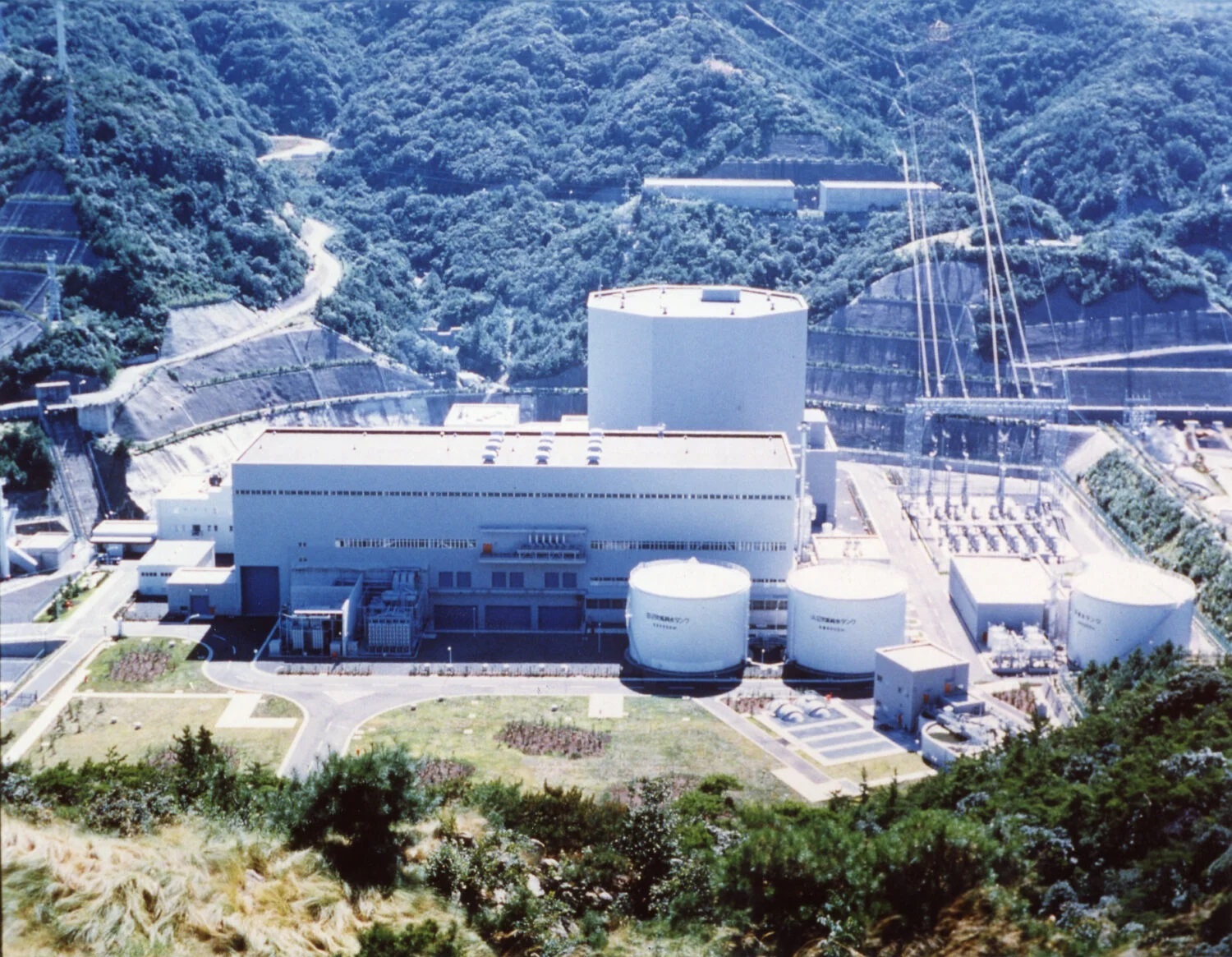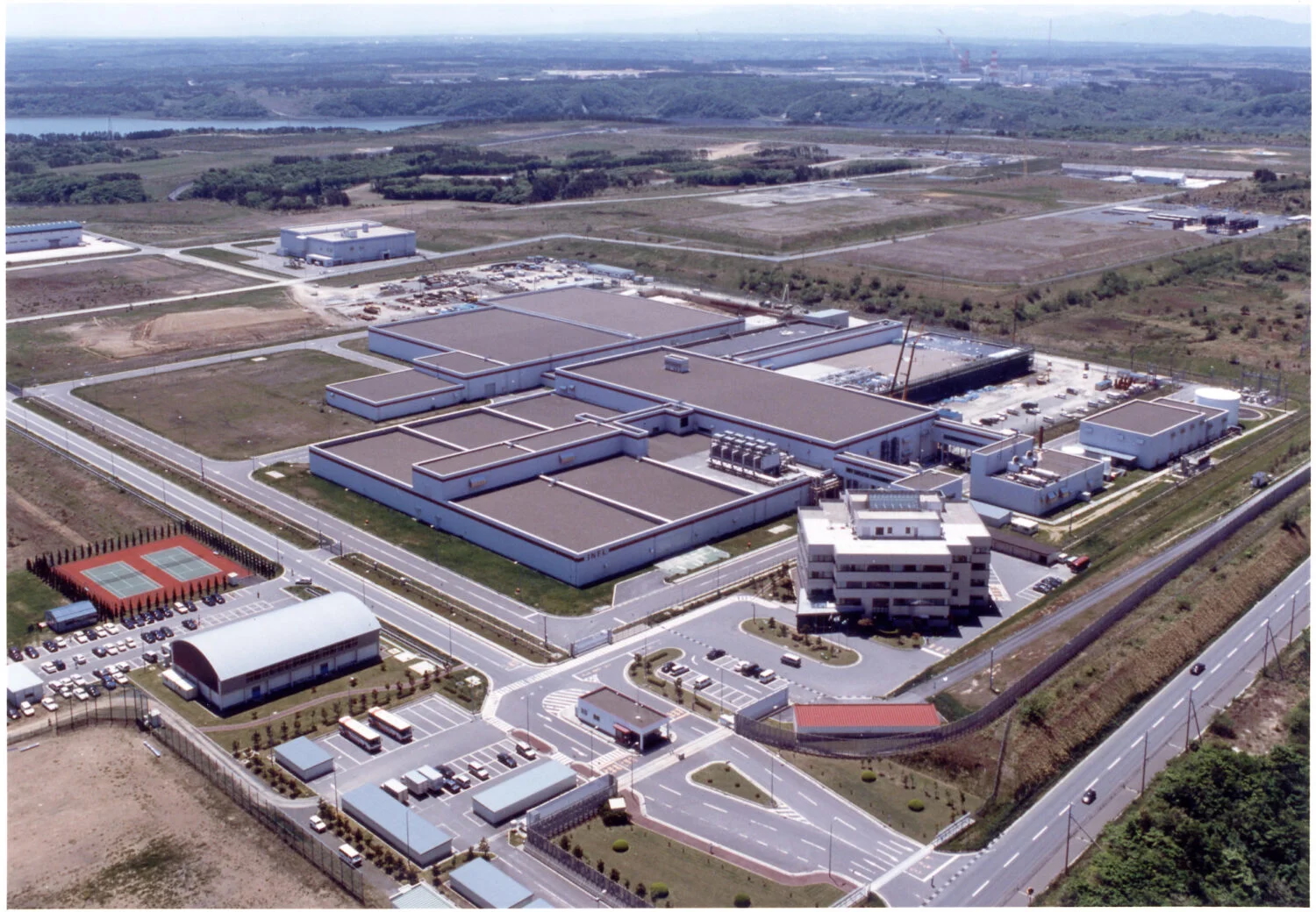Japan enacted the Designated Radioactive Waste Final Disposal Act in 2000, and NUMO (Nuclear Waste Management Organization of Japan) began soliciting volunteer municipalities for literature surveys in 2002. Although actual literature surveys started in 2020 in Suttsu Town and Kamoenai Village in Hokkaido, a quarter of a century has already passed since the call for applications. Commenting on this, DG Magwood stressed that “it is essential to take sufficient time to achieve social consensus, taking into account each country’s culture, institutions, and social background.” He added, “Spending 20, 30 years—or even longer—is far better than making a hasty decision and failing.”
As a lesson from the past, he cited the case of the Maxey Flats low-level waste disposal site in the United States, where inadequate record-keeping and loss of knowledge caused serious public anxiety and massive remediation costs. He underscored that effective record and knowledge management form the foundation of future societal trust, stating, “We have a responsibility not only to leave problems to future generations, but to pass on the knowledge needed to manage them.”
During the Q&A, I asked about the NEA’s approach to managing waste from new reactor types, noting that even small modular reactors (SMRs) with long refueling intervals or sealed cores will ultimately generate radioactive waste. DG Magwood responded that “the NEA places the highest priority on accurately characterizing the volume and nature of waste from advanced reactors and preparing appropriate responses.” He warned that “introducing new technologies without establishing disposal pathways would be self-defeating.” While recognizing that national systems and environments differ, he said that achieving international harmonization of waste-management criteria remains difficult, but “now is the right time to begin building a common foundation for the future.”
When asked about the role of AI—based on the NEA’s earlier remark that the nuclear sector must not be “left behind” in digital adoption—DG Magwood noted that “AI will play a very significant role in information organization and search functions.” However, he also offered a cautious perspective: “We still cannot fully foresee the long-term implications or applications. AI is a powerful tool, but it also carries the risk of losing context and human judgment. From the viewpoint of long-term knowledge preservation and trustworthiness, integration must proceed with care.”
Answering another question—“What constitutes data?”—he stated that data should not be limited to numerical or textual facts, but should also encompass records of public dialogue and consultations, the social context of the time, and the decision-making process, including tacit knowledge. He stressed the need to secure both the breadth and quality of records so that future generations can understand the full picture.
On NUMO, DG Magwood commended the organization’s technical competence, saying it is “on par with any disposal organization in the world.” He added that NUMO has been proceeding “step by step, prudently and transparently,” learning from frontrunners such as Sweden and Finland. He praised NUMO’s open review and communication efforts as “internationally exemplary,” and pledged that the NEA would continue its support.
Throughout the symposium and the press conference, speakers repeatedly emphasized that beyond developing technology and institutional frameworks, preserving records, knowledge, and memory is the true key to building public trust. The NEA’s IDKM initiative is expected to provide a robust foundation supporting both the long-term safety and social consensus necessary for geological disposal in Japan and beyond.


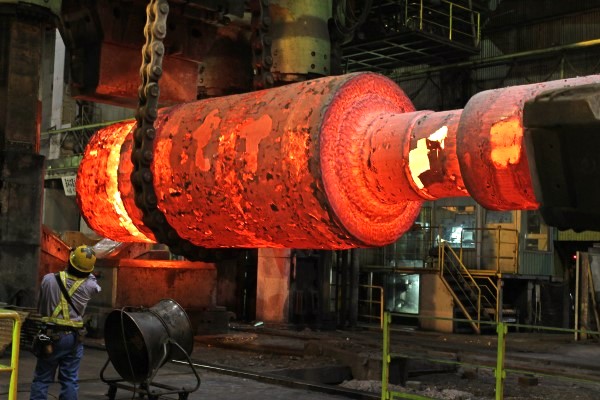
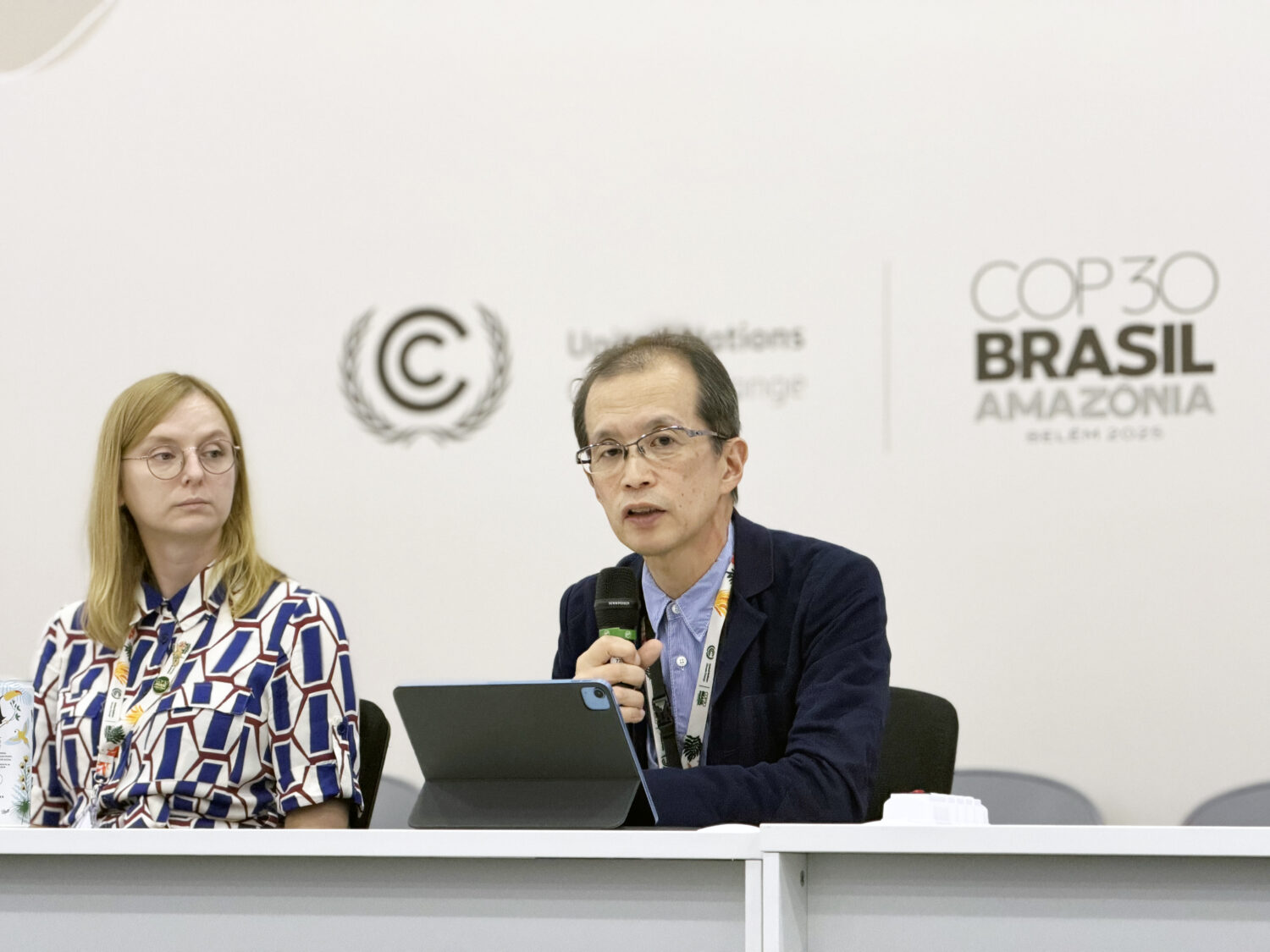
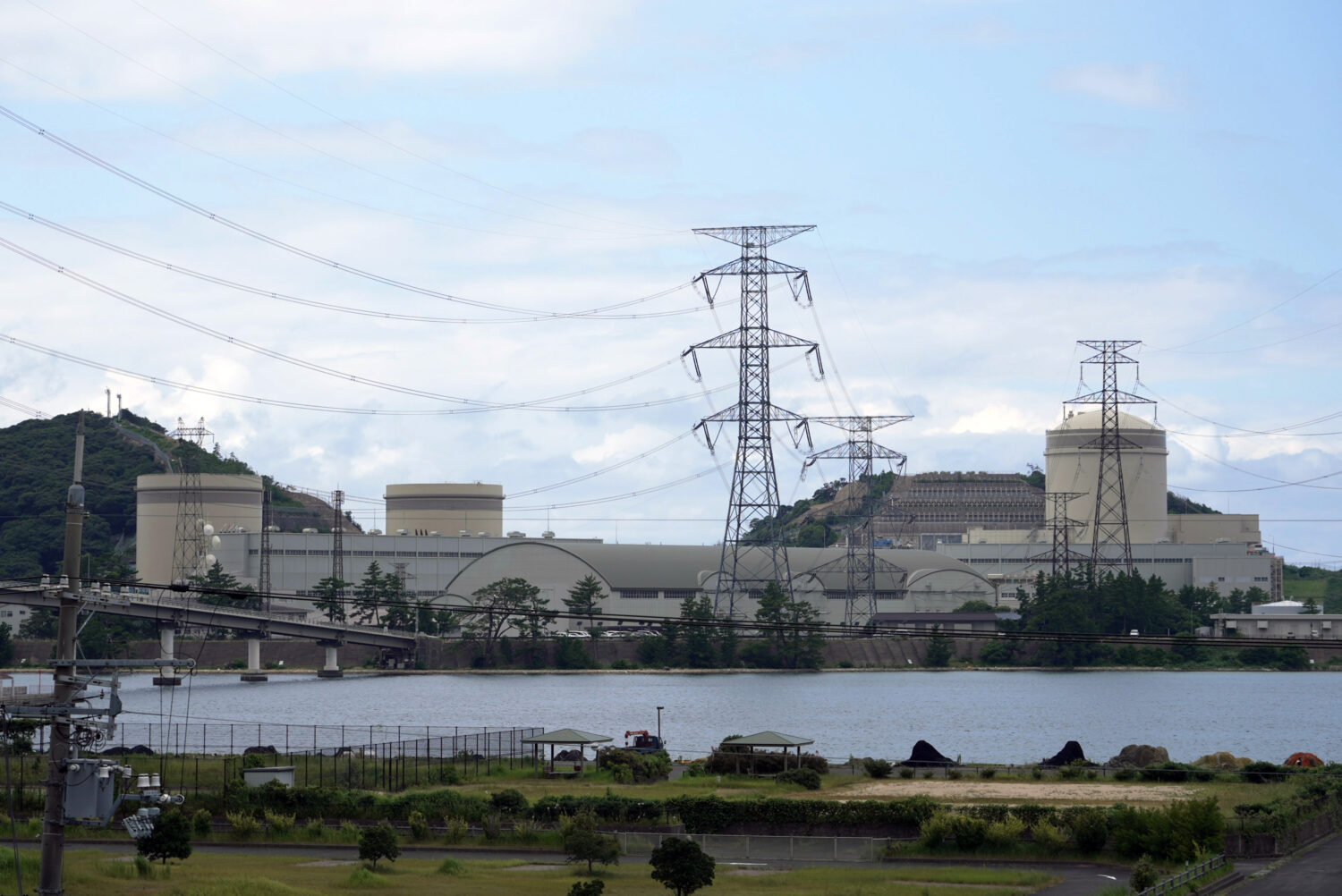
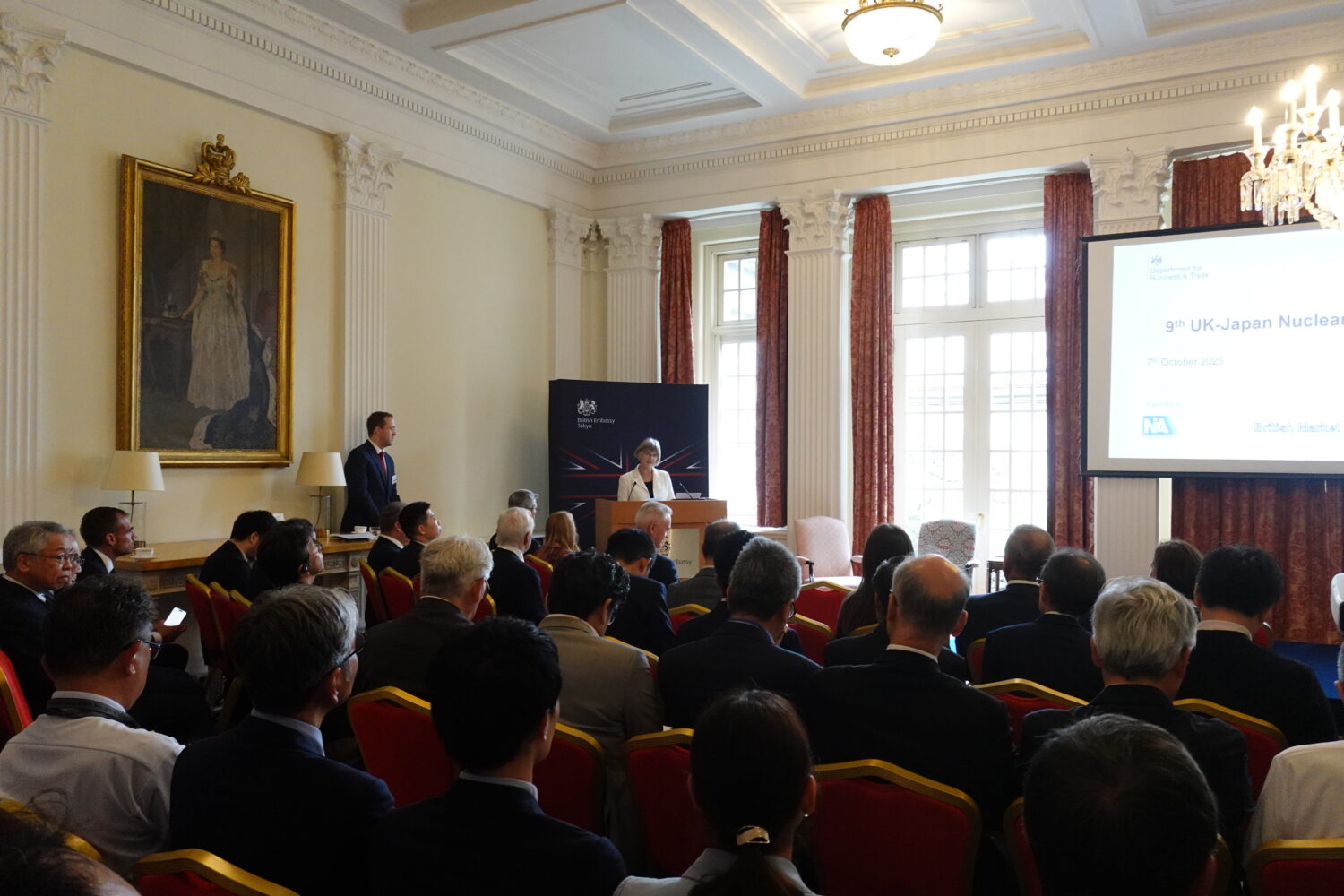

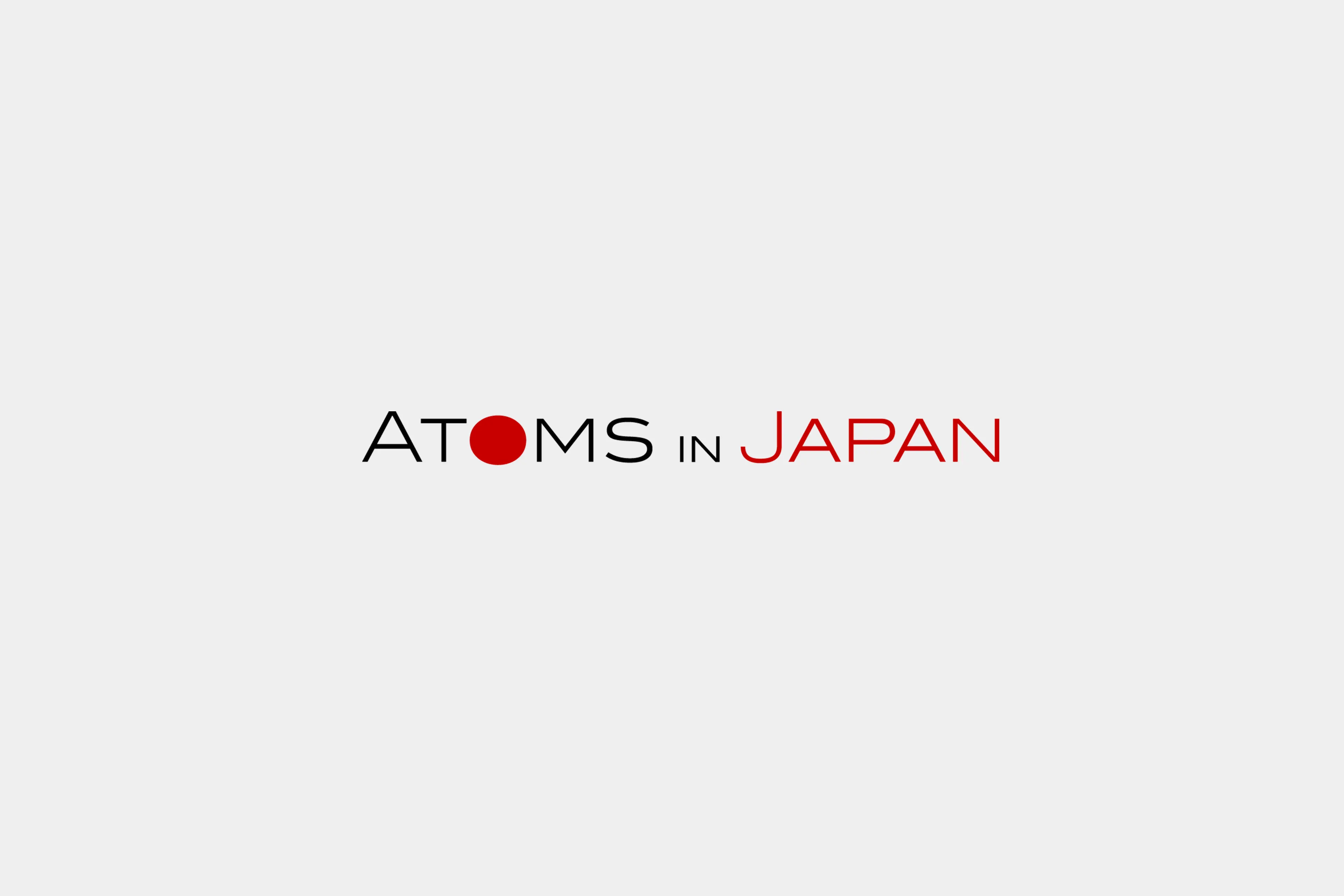
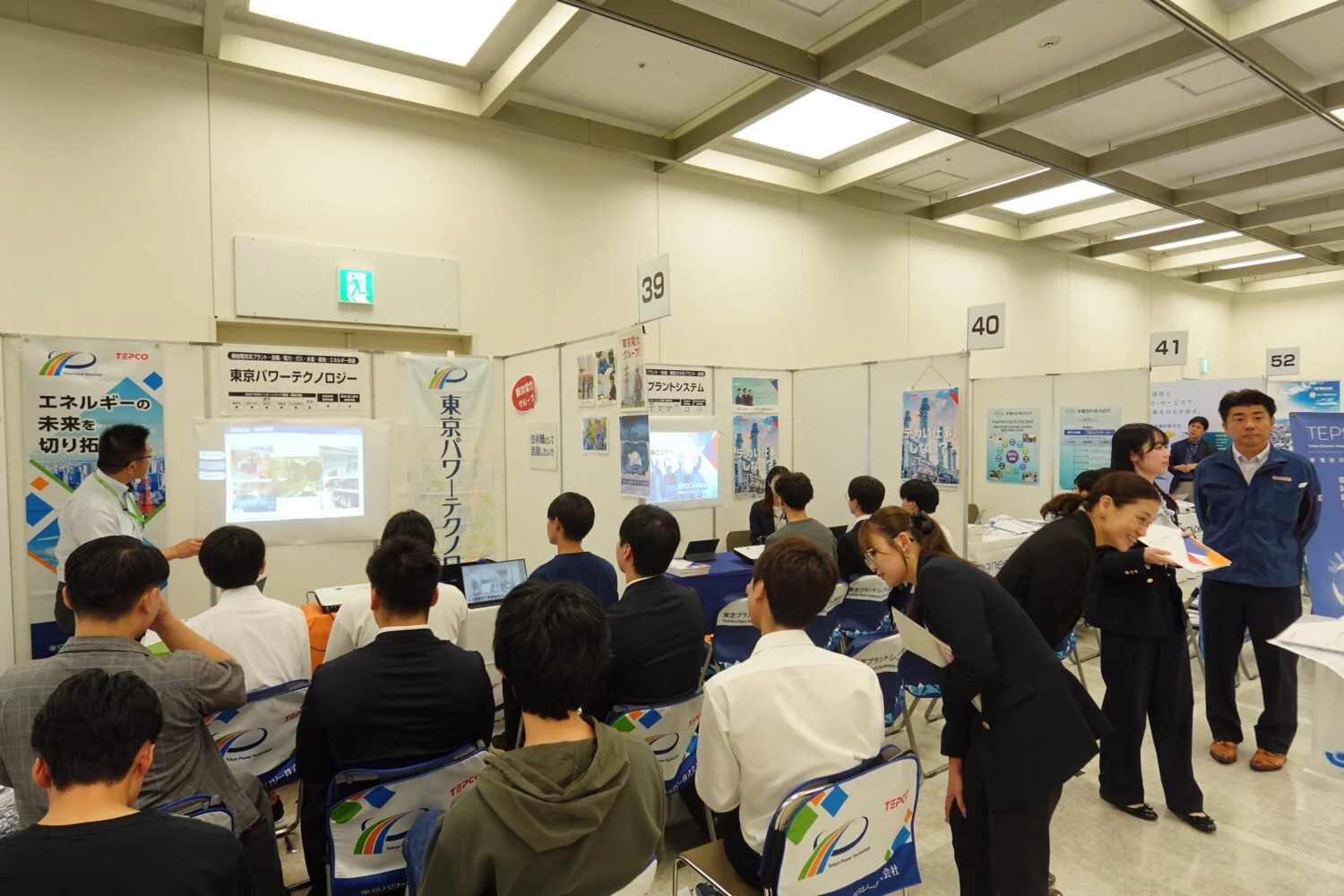

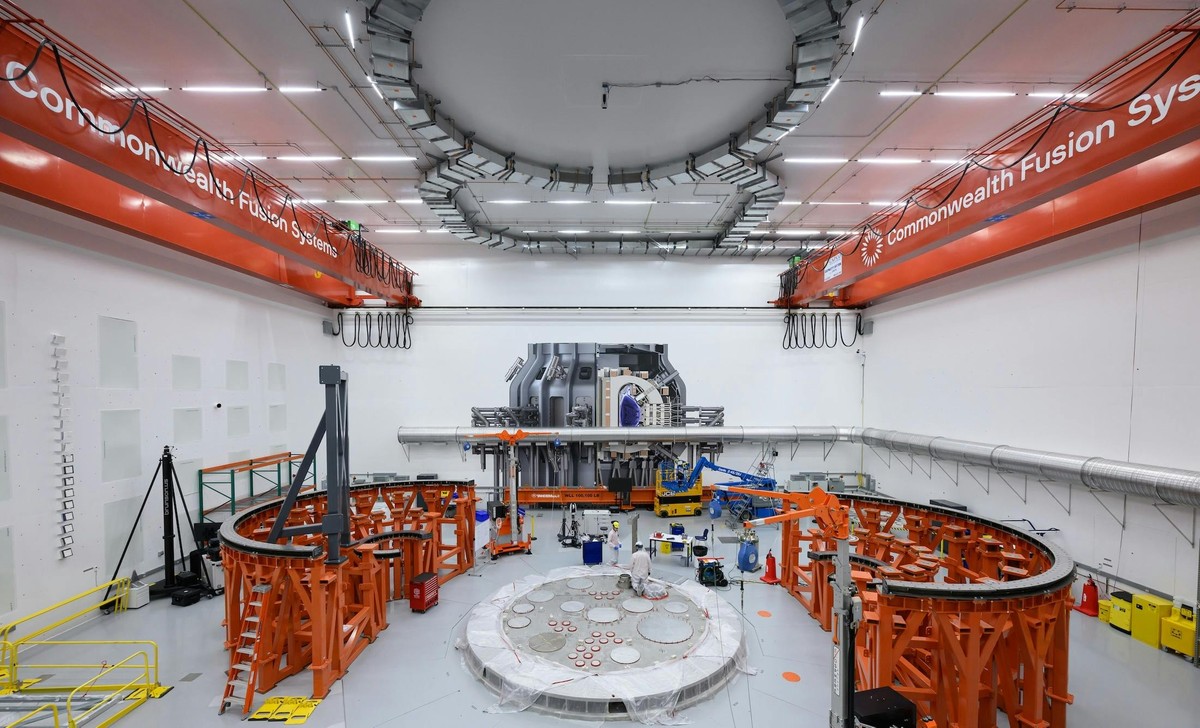



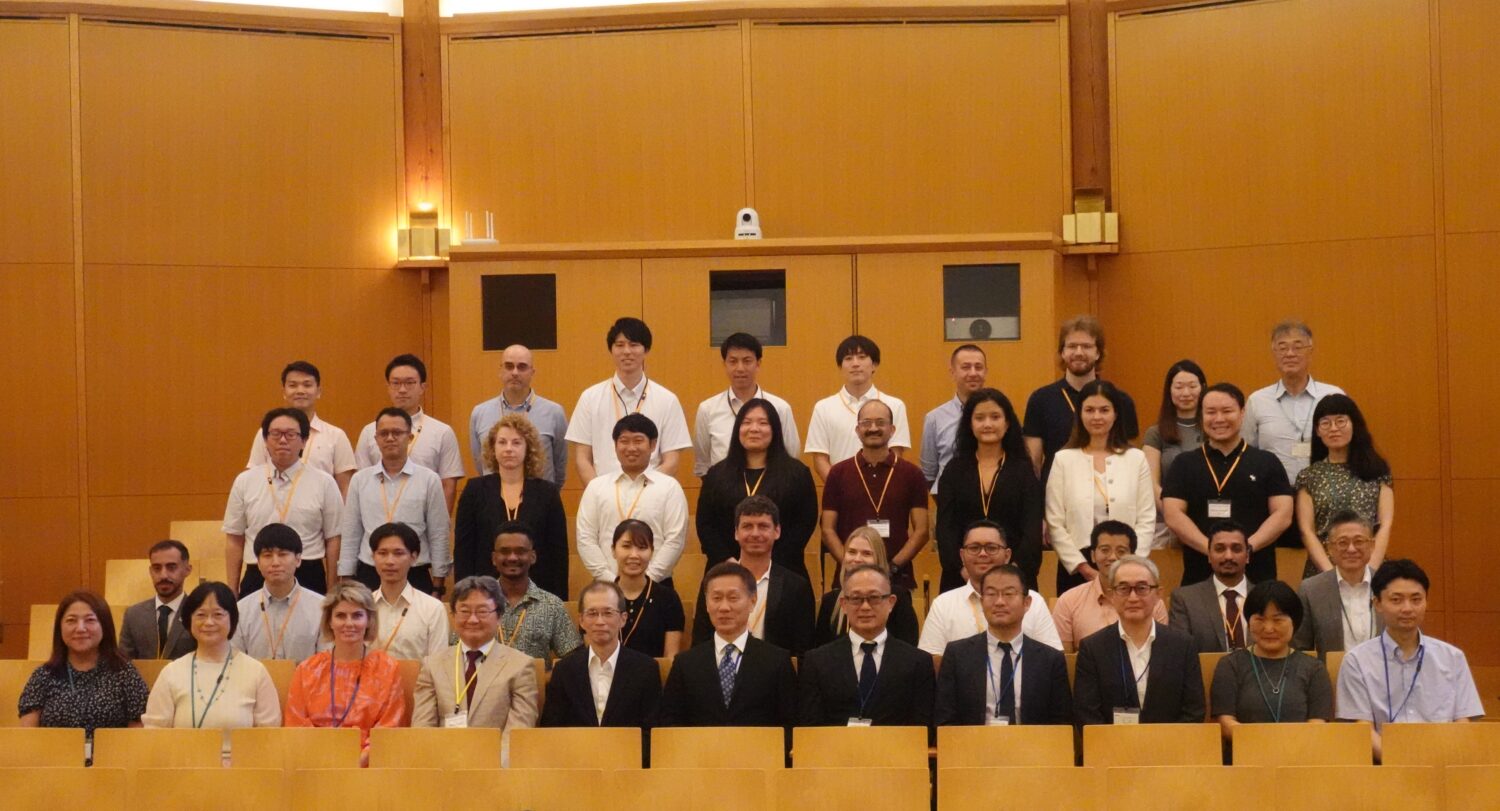
.jpg)


